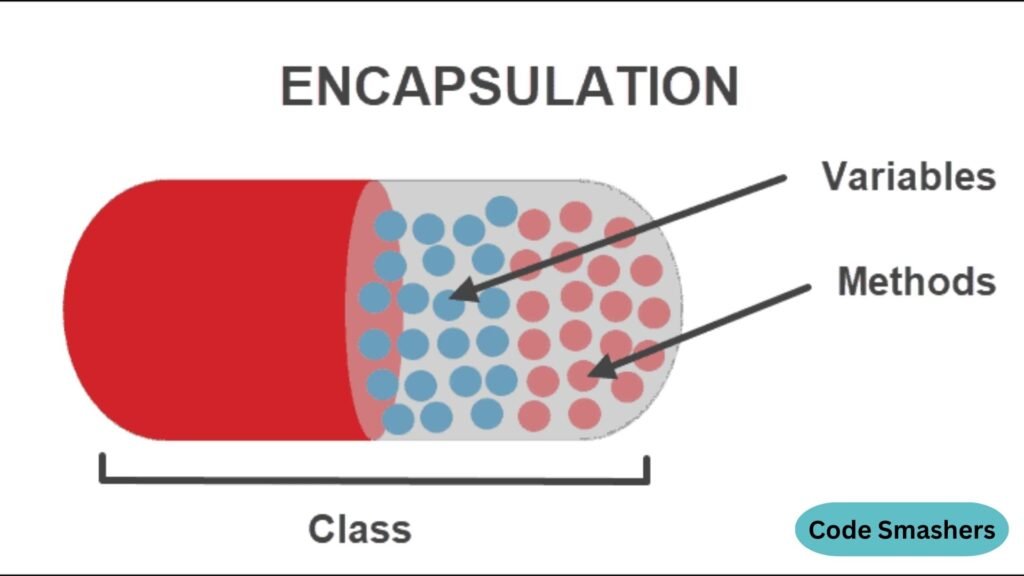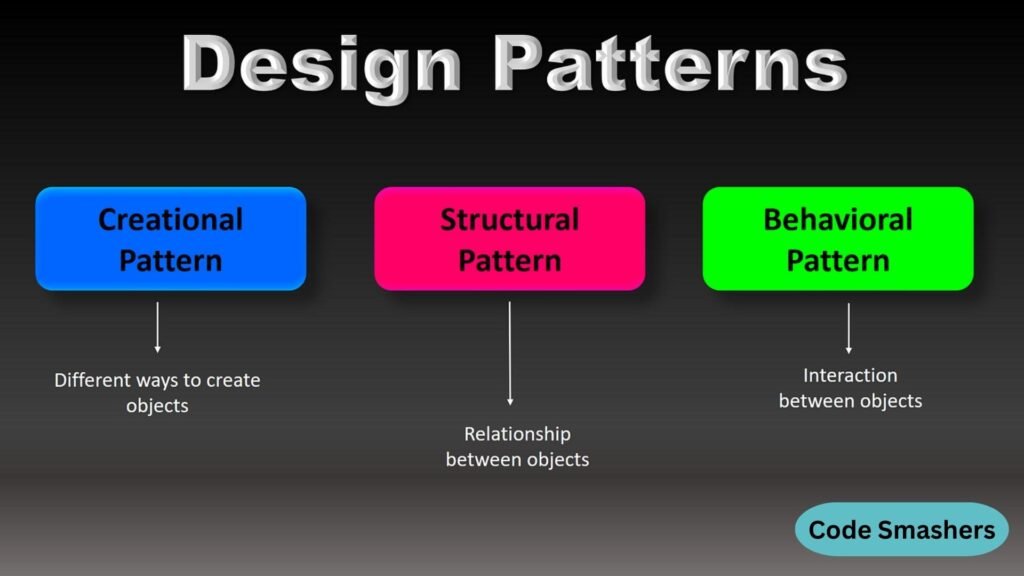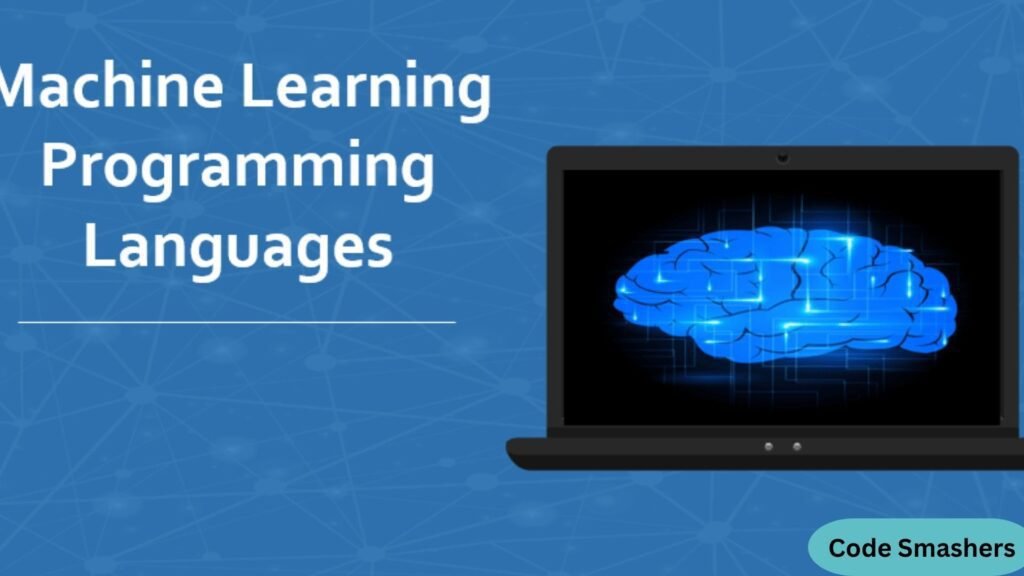In the world of software development, object-oriented programming (OOP) is one of the most influential paradigms. It’s a methodology that has transformed how we write and think about code, aligning more closely with how we perceive the real world. This blog post aims to take you on a comprehensive tour of the evolution of OOP from its early concepts to modern practices and speculate on its future in the tech landscape. Whether you’re a seasoned software developer, computer science student, or tech enthusiast, you’ll find valuable understandings of how the evolution of OOP has shaped the software industry.
The Origins of OOP
The evolution of object-oriented programming began in the 1960s with the advent of Simula, a language developed by Ole-Johan Dahl and Kristen Nygaard. Simula was initially designed for simulating real-world events, but it introduced two key concepts that would become fundamental to OOP—classes and objects. These constructs allowed developers to model complex systems more naturally, paving the way for future innovations.
Another pivotal moment came with the creation of Smalltalk in the 1970s by Alan Kay, Dan Ingalls, and Adele Goldberg at Xerox PARC. Smalltalk took the ideas from Simula and expanded them, emphasizing the concept of message passing between objects. This language not only influenced the development of OOP but also introduced the first integrated development environment (IDE), revolutionizing how developers interacted with their code.

Evolution of OOP
Four basic principles—encapsulation, inheritance, polymorphism, and abstraction—form the foundation of object-oriented programming (OOP). These principles have evolved significantly since their inception, adapting to new challenges and technologies. It causes the evolution of OOP.
Encapsulation
Data and methods that work with that data are bundled together into a single unit or class through the process of encapsulation. This principle has evolved to include sophisticated access control mechanisms, ensuring that internal object states remain hidden and only accessible through well-defined interfaces. It is involved in the evolution of OOP.

Inheritance
Inheritance allows new classes to inherit properties and behaviors from existing ones, promoting code reuse and hierarchical relationships. Over time, languages like C++ and Java have refined inheritance models to address multiple inheritances and diamond problems, making them more robust and flexible. It is involved in the evolution of OOP.
Polymorphism
Polymorphism allows objects of different classes to be treated as belonging to the same superclass. The principle has seen significant advancements with languages introducing features like method overloading and operator overloading, enhancing the flexibility and expressiveness of OOP. It is involved in the evolution of OOP.
Abstraction
Abstraction focuses on simplifying complex systems by modeling essential characteristics while omitting irrelevant details. To attain higher levels of abstraction and enable more modular and maintainable codebases, modern OOP has embraced interfaces and abstract classes. It is involved in the evolution of OOP.
Key Milestones in OOP
The timeline of the evolution of OOP is characterized by several key milestones, each contributing to its growth and widespread adoption.
The Birth of C++
Bjarne Stroustrup created C++, an addition to the C language that included OOP concepts, in the early 1980s. C++ offered a powerful combination of low-level memory management and high-level abstraction, making it a popular choice for system programming and application development.
Java and the Internet Age
The mid-1990s saw the rise of Java, a language developed by James Gosling and his team at Sun Microsystems. Java’s “write once, run anywhere” philosophy, with its robust standard library and built-in support for network programming, makes it a cornerstone of web development. Its strong emphasis on OOP principles helped cement the paradigm’s relevance in the digital age.
Python’s Simplicity and Power
Python, created by Guido van Rossum in the late 1980s, brought simplicity and readability to OOP. Python’s dynamic typing and intuitive syntax lowered the barrier to entry for new developers while maintaining the power and flexibility needed for complex applications. Its extensive libraries and frameworks have made it a favorite for everything from web development to scientific computing.
Modern OOP Practices
Today, OOP is no longer limited to a programming paradigm. It’s a philosophy that guides how we design, develop, and maintain software. Modern OOP practices have evolved to address the challenges of contemporary software development. It causes the evolution of OOP.
Design Patterns
Reusable solutions for common software design problems are found in design patterns. Popularized by the “Gang of Four” book in the mid-1990s, these patterns, such as Singleton, Observer, and Factory, have become essential tools in a developer’s toolkit. They provide standardized approaches to solving recurring problems, promoting best practices, and improving code quality.

SOLID Principles
The SOLID principles, introduced by Robert C. Marten, are guidelines for writing maintainable and scalable code. These principles—Single Responsibility, Open/Closed, Liskov Substitution, Interface Segregation, and Dependency Inversion—help developers create systems that are easier to understand, modify, and extend.
Test-Driven Development (TDD)
Test-driven development is a modern practice that emphasizes writing tests before writing the code. By defining the desired behavior of a system through tests, developers can ensure that their code meets the specified requirements and remains robust over time. TDD aligns well with OOP by promoting encapsulation and modularity.
The Future of OOP
The landscape of software development is constantly evolving, and OOP must adapt to stay relevant. Emerging technologies and paradigms present both challenges and opportunities for the future of OOP.
Functional Programming Integration
Functional programming (FP) has gained popularity for its emphasis on immutability and pure functions. Many modern languages, including JavaScript and Python, incorporate functional programming features alongside OOP principles. Through the use of both paradigms’ benefits, this hybrid approach helps developers build more efficient and expressive code.
AI and Machine Learning
Artificial intelligence and machine learning are transforming how we build and interact with software. OOP provides a structured way to model complex systems, making it well-suited for developing AI applications. However, the rise of data-driven approaches may require new abstractions and design patterns to handle the unique challenges of AI development.

Quantum Computing
Quantum computing promises to revolutionize computing by solving problems currently intractable for classical computers. As quantum algorithms and languages evolve, OOP principles may need to be reimagined to accommodate the unique characteristics of quantum computation, such as superposition and entanglement.
Case Study: Evolution of the Gaming Industry
The gaming industry has undergone a dramatic transformation, driven in large part by the adoption of OOP principles. Early text-based games, such as Zork and Adventure, relied on procedural programming, which made it difficult to manage complex game logic and user interactions.
OOP allowed developers of video games to produce code bases that were more modular and manageable. Engines like Unreal Engine and Unity have embraced OOP, allowing developers to create reusable components and systems. This shift has enabled the development of modern AAA titles with rich graphics, intricate gameplay mechanics, and immersive storytelling.
Case Study: Banking Systems
Banking systems have also benefited from the evolution of OOP. Traditional monolithic systems were difficult to maintain and scale, leading to increased costs and operational inefficiencies.
By adopting OOP principles, banks have been able to transition from legacy mainframe systems to modern, modular architectures. This shift has improved scalability, maintainability, and reusability, allowing banks to offer a wider range of services and respond more quickly to changing market demands. Online banking applications, powered by OOP, provide a seamless and secure user experience.
Case Study: E-commerce Platforms
E-commerce platforms, such as Amazon, have leveraged OOP to manage the complexity of handling millions of transactions daily. OOP’s modularity and reusability have enabled these platforms to scale efficiently while maintaining high performance and reliability. It is all due to the evolution of oop.
Amazon’s platform, for example, uses OOP to create flexible and extensible systems that can adapt to changing business requirements. This approach has allowed Amazon to innovate rapidly, introducing new features and services while maintaining a consistent user experience. It is all due to the evolution of OOP.
Case Study: Social Media Networks
Social media networks, like Facebook, have also been shaped by OOP principles. Managing user data and interactions at scale requires a robust and flexible architecture, which OOP provides.
Facebook’s early development relied heavily on OOP to create modular, reusable components. This approach enabled rapid feature development and allowed the platform to scale efficiently as its user base grew. OOP continues to play a crucial role in the architecture of modern social media networks, supporting the development of new features and services. It is all due to the evolution of OOP.
Conclusion
Understanding the evolution of Object-Oriented Programming is essential for anyone involved in software development. From its early concepts in Simula and Smalltalk to its modern implementations in languages like Java and Python, the evolution of OOP has revolutionized the way we write and think about code.
By exploring the key milestones, modern practices, and future trends, we can appreciate the significance of OOP in shaping the software industry. Whether you’re a software developer, computer science student, or tech enthusiast, mastering OOP principles will equip you with the skills and knowledge to build robust, maintainable, scalable software systems.
To further explore the evolution of OOP and enhance your skills, consider signing up for advanced courses or joining online communities where you can learn from industry experts and collaborate with fellow developers. The future of software development is bright, and with a solid understanding of OOP, you’ll be well-prepared to tackle the challenges and opportunities.
